It is the perfect time to work in the garden and enjoy the gorgeous fall weather. Plant those leafy greens to munch on throughout the winter and harvest your pumpkins if you were lucky enough to get them to grow in this heat.
You are suppose to start planting in August and early September but it seemed too hot this year to start seedlings and I did not take the time to grow some inside. So this fall I will start the seeds a little late and plant some mature plants purchased at Farmer D’s. They have a good selection right now.
I am sure some of you are discouraged about your gardens due to the lack of fruit and vegetables this summer. I am determined to have a successful fall garden after having such a disappointing summer garden. Several of our tomato plants developed a fungus and had to be pulled and the other ones really did not fruit.
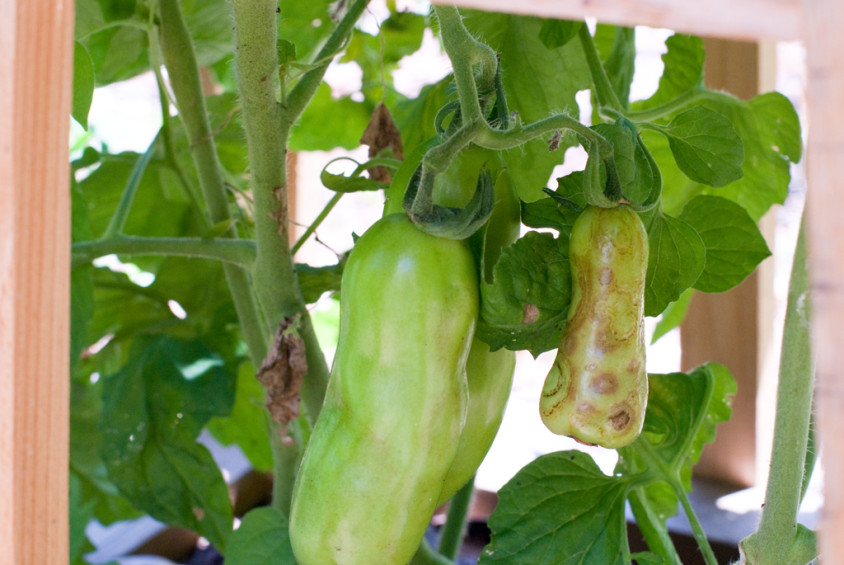
The green beans, cucumbers, and zucchini did not like the dry temperatures either. At least our squash and peppers loved the summer heat and our herbs flourished so was not a total loss.
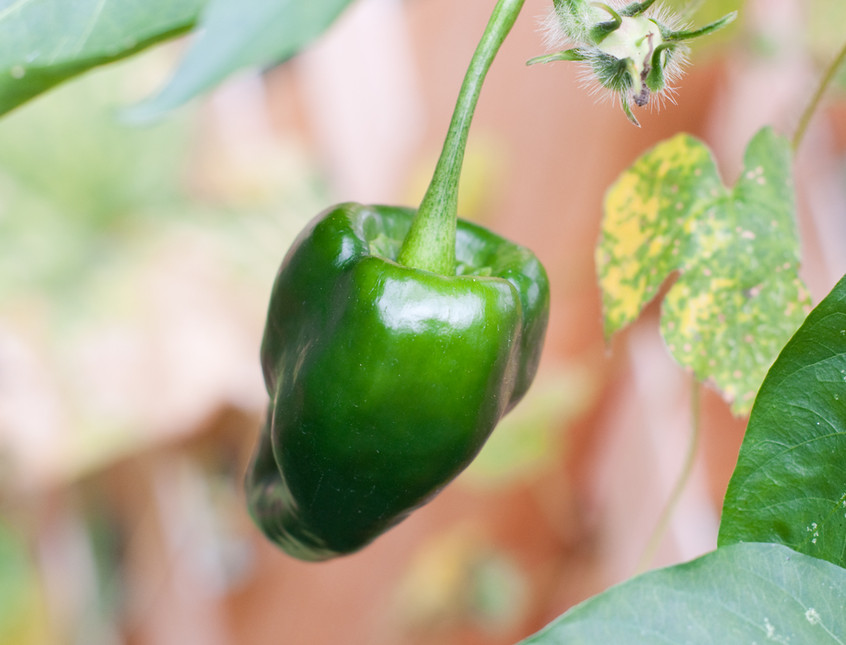
So, I will stop going on about the summer harvest and think positive thoughts about this fall. Here are some of the things you need to do to have a successful garden.
Preparation for the New Plants and Seeds
Remove the mulch and pine straw- To prepare the beds for the fall plants and seeds, I raked all the mulch off the beds and removed the pine straw and sticks from the paths.
Loosen the dirt- Turn over the soil and mix in some compost and planting mix. Let the new soil mix in for a week before planting. Since our carrots curved a little last winter, I made sure to really loosen the soil this time. The seeds will have plenty of room to grow straight down. I highly recommend planting carrots. They are so much more tender freshly picked from the garden.
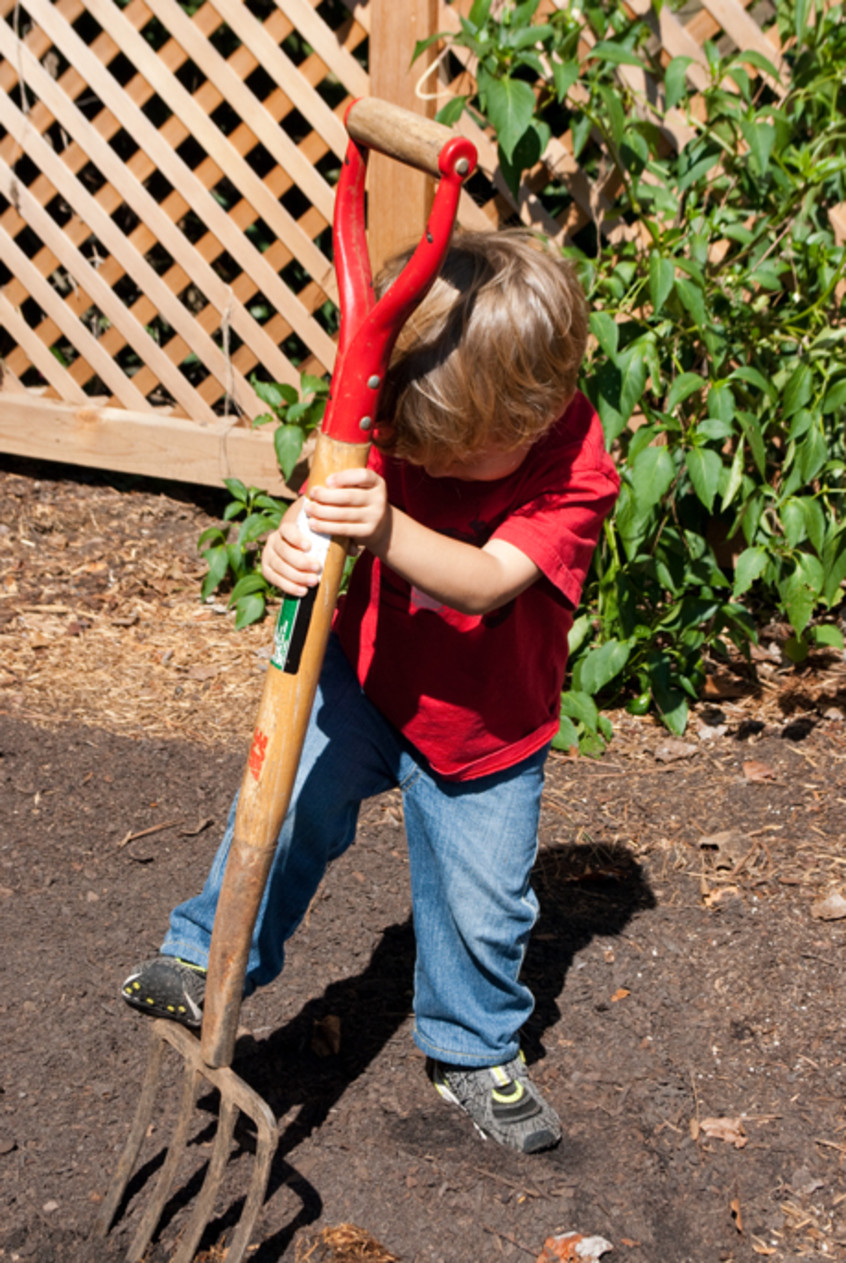
Remove the unused pots and obelisks- To prevent loosing any clay pots this winter, I am storing them in the shed or turning them upside down so they do not collect water that may freeze and crack the pots. The cedar obelisks are going to be stored in the shed for the winter so they last a few seasons longer. Termites did eat the bottom of two of them so I will be looking for a natural remedy to kill them. Luckily, the termites did not do too much damage.
Pest control- We need a cold winter to kill all the pests. If you had a ant infestation like we did, then you need to buy some St. Gabriel organics diatomaceous earth. I bought mine at Farmer D’s but it is available on Amazon. I tried coffee grounds but it did not do the trick.
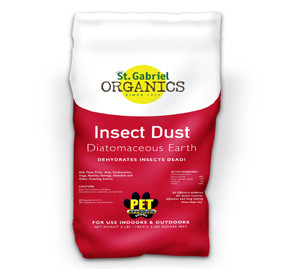
I also bought Lacewing eggs to naturally kill the pests eating my garden. You cannot do this for the fall but plan on it for the spring if you had a problem this year with thrips, aphids, spider mites and other insects.
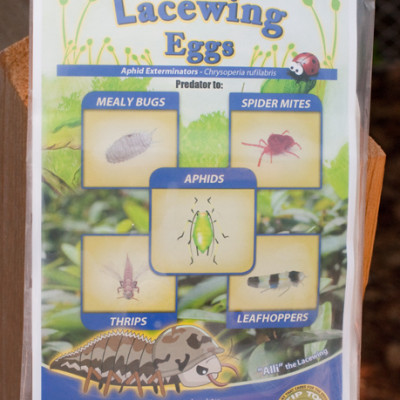
Develop a plan- I removed the path between the two beds on each side of the garden to create a larger bed. So instead of four smaller beds I now have two large ones. This will allow for more herbs, lettuce, beets, swiss chard and spinach.
In the bed below, I left the basil which is still flourishing as well as the chives and one cabbage from the spring. I planted 3 more organic purple sage, a french lavender in the middle, 2 green lettuce and 2 red striped lettuce, 3 swiss chard, and 4 bok choy.
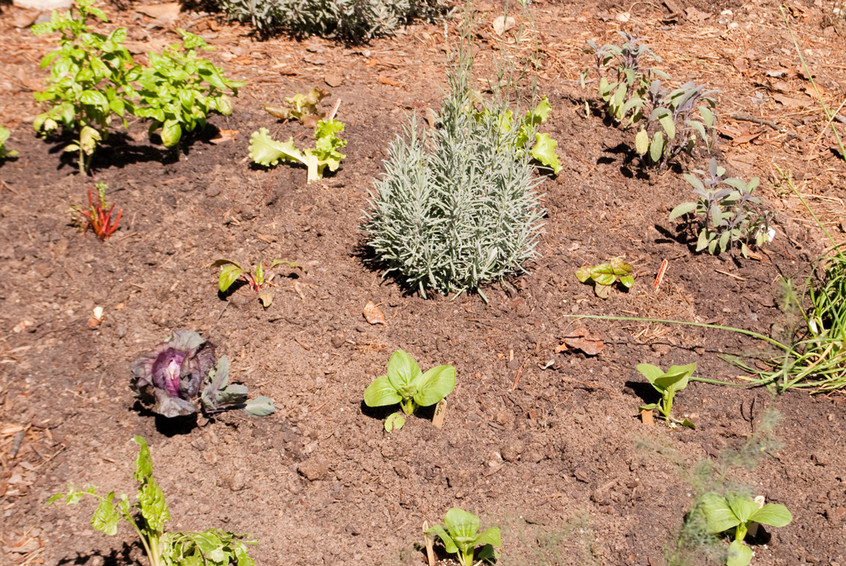
Stagger your plant times- Stagger your planting times to lengthen the time of your harvest. For example, plant one row of lettuce and then plant another 2 weeks later. Or plant some lettuce seedings and then start your own row of lettuce from seeds.
Delay mulching until the plants are established and it is cool during the day- Do not mulch until the seeds are established and the weather is cool. You do not want to bake your plants on those occasion hot fall days. Use cedar mulch if you can to deter pests.
Water- Remember to water. Fall can be very dry and your plants need the water to survive and establish deep roots.
Planting Guides
Broccoli and Cauliflower
Broccoli prefers a moist, fertile (nutrient-rich) soil and full sun. Space broccoli transplants 18 inches apart in rows 3 feet apart. Cauliflower needs full sun and light and sandy, but fertile, soil. ”Belstar” broccoli and “Snow Crown” cauliflower are good hybrid choices.
Cabbage
Cabbage prefers a moist, fertile soil and full sun. Choose early-maturing transplant varieties and space 12 inches apart in rows 30 inches apart. ”Gonzales” cabbage is a good hybrid.
Collards
Collards tolerate various soil conditions and prefer full sun, but can withstand some shade. Space transplants 10 to 18 inches apart, in rows 24 to 30 inches apart.
Lettuce and Spinach
Lettuce and spinach can be seeded directly into the soil every two weeks to stagger harvest times. Lettuce prefers sun and ordinary, well-drained soil. Lettuce spacing depends on the type–check seed label. Spinach likes a rich, loamy soil and full sun. Space 6 inches apart, in rows 12 to 18 inches apart.
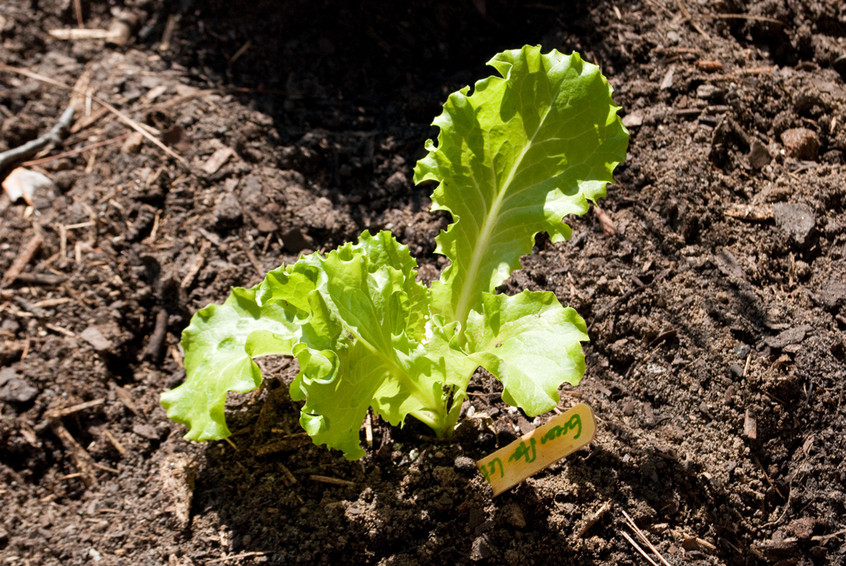
Turnips and Radish
Turnips prefer full sun and ordinary soil. Plant 2 to 4 inches apart, in rows 1 to 2 feet apart. Radishes prefer full sun and sandy loam soil. Space small radish varieties 1 inch apart.
Carrots
Carrots are not as hardy as other fall vegetables, so plant carrots a week earlier than other vegetables. Carrots prefer full sun and any type of soil, but will grow best (smooth, straight carrots) in loose, light soil. Plant early maturing varieties 2 to 3 inches apart in rows 16 inches apart.
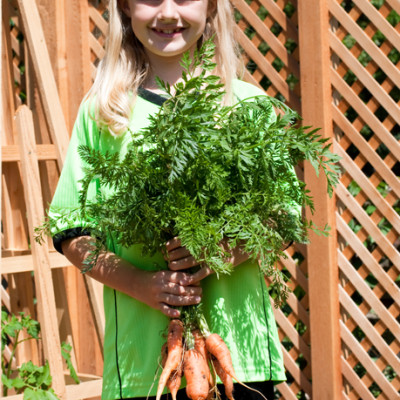
Note: I found these helpful descriptions on garden guides.com. Click here for more information.
Growing Chart from Mother Earth News
September – October
